Emerging Markets and Economic Growth
The Business Aircraft Market is witnessing growth in emerging markets, where economic expansion is fostering a new class of affluent individuals and businesses. Countries in Asia and the Middle East are particularly notable, as rising disposable incomes and a burgeoning entrepreneurial spirit are driving demand for private aviation. Recent statistics indicate that these regions are projected to account for a significant share of new aircraft deliveries in the coming years. This trend underscores the potential for the Business Aircraft Market to tap into previously underserved markets, thereby diversifying its customer base and enhancing overall market resilience.
Increased Demand for Business Travel
The Business Aircraft Market is currently experiencing a surge in demand for business travel, driven by the need for efficiency and time savings. Companies are increasingly recognizing the value of private aviation as a means to enhance productivity. According to recent data, the number of business jet flights has shown a steady increase, indicating a robust recovery in travel preferences. This trend suggests that organizations are prioritizing direct access to remote locations, which commercial airlines may not serve effectively. As a result, the demand for business aircraft is likely to continue its upward trajectory, reflecting a broader shift in corporate travel strategies.
Technological Innovations in Aircraft Design
The Business Aircraft Market is benefiting from rapid technological advancements in aircraft design and manufacturing. Innovations such as improved fuel efficiency, enhanced avionics, and advanced materials are transforming the capabilities of business jets. For instance, the introduction of electric and hybrid propulsion systems is not only reducing operational costs but also aligning with sustainability goals. Furthermore, the integration of smart technologies is enhancing passenger comfort and safety. These advancements are likely to attract new buyers and stimulate interest in the market, as companies seek to leverage cutting-edge technology to gain a competitive edge.
Regulatory Support and Infrastructure Development
The Business Aircraft Market is positively influenced by supportive regulatory frameworks and ongoing infrastructure development. Governments are increasingly recognizing the economic benefits of private aviation and are implementing policies that facilitate its growth. Investments in airport facilities and air traffic management systems are enhancing the operational efficiency of business aircraft. Additionally, streamlined regulations are making it easier for companies to acquire and operate private jets. This supportive environment is expected to bolster market confidence and encourage investment in business aviation, further propelling the industry's expansion.
Focus on Sustainability and Environmental Responsibility
The Business Aircraft Market is increasingly aligning with sustainability initiatives as environmental concerns gain prominence. Manufacturers are investing in research and development to create more eco-friendly aircraft, focusing on reducing emissions and noise pollution. The introduction of sustainable aviation fuels (SAFs) is a key development, as it offers a viable solution to mitigate the environmental impact of business aviation. Furthermore, companies are adopting greener operational practices, which not only enhance their corporate image but also appeal to environmentally conscious clients. This focus on sustainability is likely to shape the future of the Business Aircraft Market, driving innovation and attracting a new demographic of buyers.


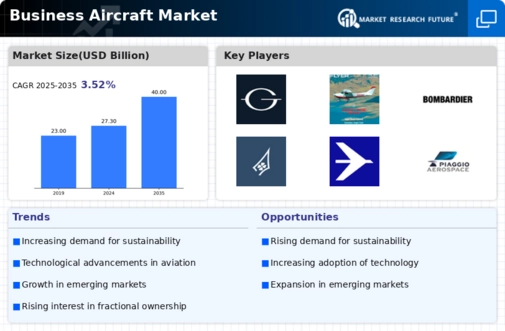

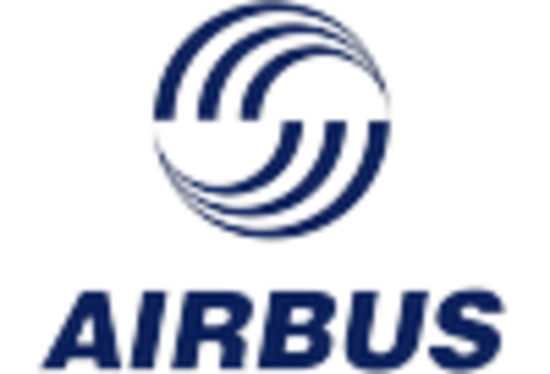
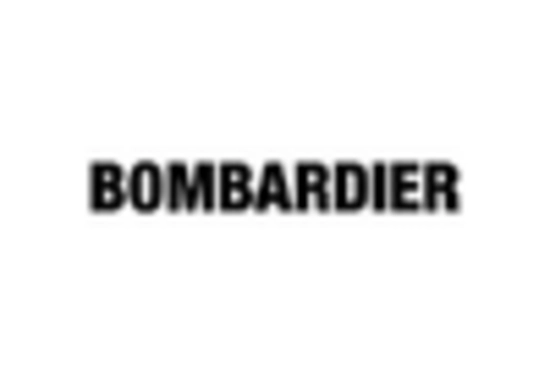

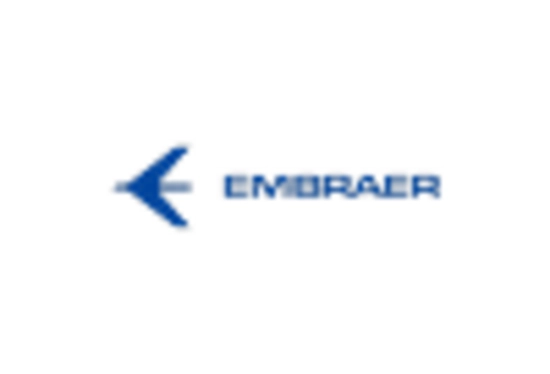

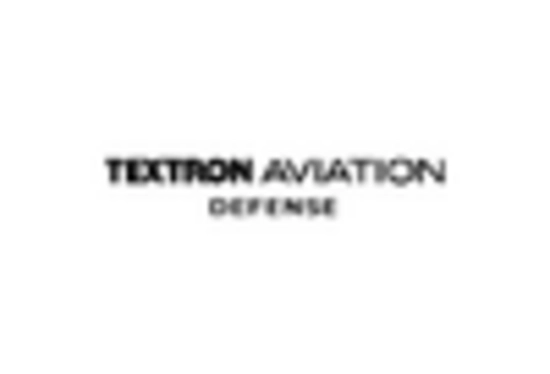








Leave a Comment